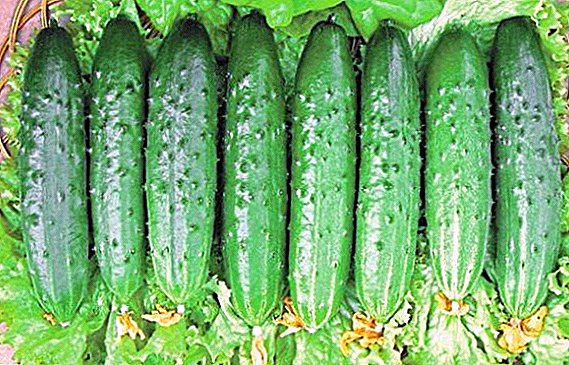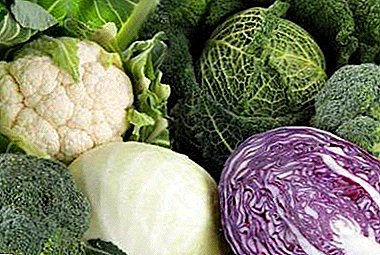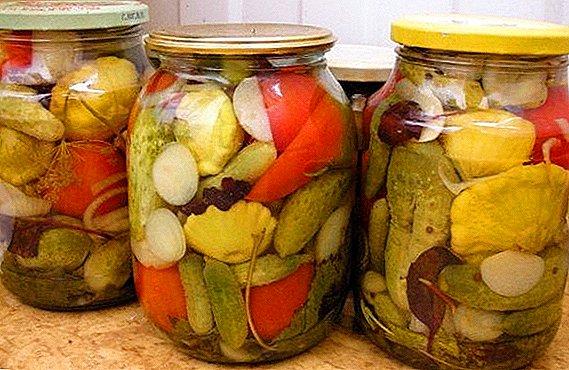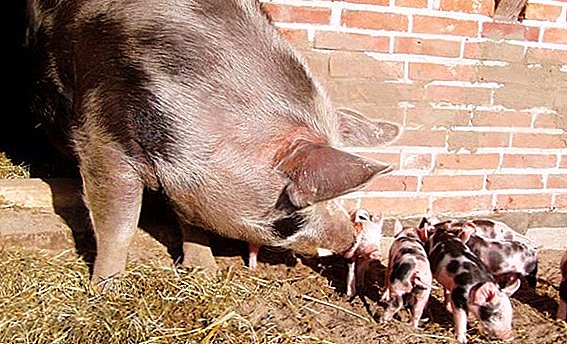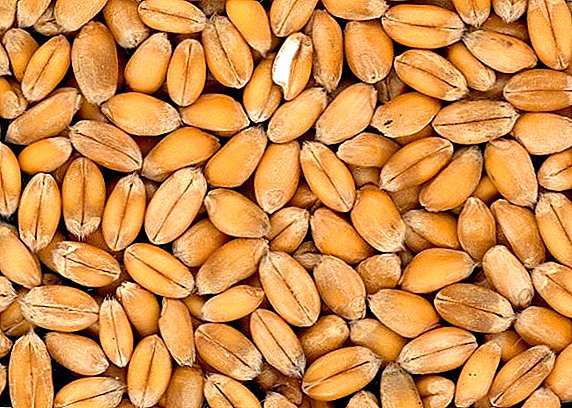To determine whether the grains are suitable for growing, they will be illuminated with X-rays. The new diagnostic method will allow you to instantly detect non-viable seeds without damaging them, the developers said.
Scholars of Russia have expressed confidence that the new method will interest domestic farmers and will serve the development of agriculture. But the Russian Grain Union was skeptical of this diagnostic method due to the high cost of X-ray machines.
See also:The method of diagnostics of grain of low-energy microfocus X-ray diffraction provides a quick diagnosis of seeds, without causing destruction of the seed embryo. This method was developed by joint efforts of scientists from the St. Petersburg State Electrotechnical University, the Agrophysical Research Institute, the Federal Scientific Center for Vegetable-Growing and the Research Institute for the Problems of Storage of the State Reserve.Russian farmers began to fertilize winter cereals Exports of agricultural products in Russia will increase due to loans The main types of crops

Diagnostics is performed using a mobile X-ray diagnostic unit (PRDU-02) with digital visualization. The viability of the grain may be impaired due to insect damage or mechanical injury. Seeds may have latent germination, as well as enzymomycous depletion. Modern Russian farmers can assess the viability of grain using three methods: organoleptic, chemical, and accelerated germination. All of them either lead to the destruction of the studied material, or rather extended in time. A new method using X-rays conducts a rapid determination of the viability of seeds without their destruction.
Recommended for reading:The representative of the faculty of TSU Nina Bome said that this is a very timely study. But the specific dose of X-ray irradiation with regard to different species and varieties of plants is still unclear. And here it is necessary to exclude the mutagenic effect on healthy seeds. Other scientists and entrepreneurs doubt that small farms will be able to use such an installation. This installation should have a low cost and high competitiveness, which can be learned after its entry into the market. Scientists have already received a patent for a method of obtaining images of seeds using x-rays. They created an atlas with a description of various seed defects in the study.Ukraine will plant early grain crops on 2.4 million hectares Infected grain was detected in five regions of Ukraine Syrian agrarian experts have recognized the Crimean grain substandard


